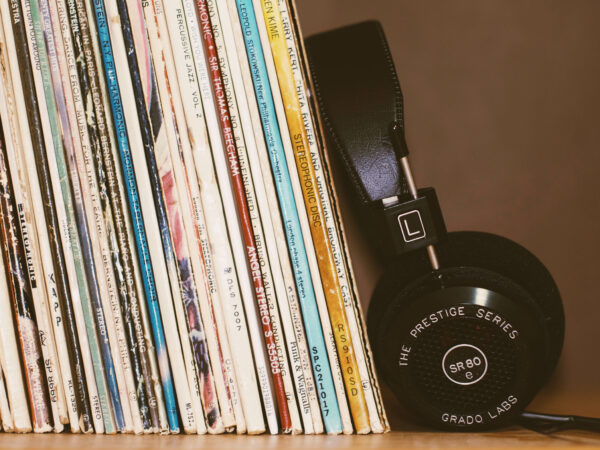Social media platforms are now commonly used to invite people to events, thank others for kindnesses, announce births and engagements, live stream weddings and to inform communities about the death of loved ones. Facebook allows an individual’s page to become a Remembering page provided the departed has authorized this prior to death.
It should come as no surprise that for some, social media has also become a place to grieve. For those comfortable with digital interactions it seems to be a safer way to grieve. One leaves messages of love, loss, heartache, regret, tragedy and in some cases anger on a digital platform and, because it was the platform of choice for the departed, it’s just like s/he can actually read it. In grief the author may momentarily forget that others can read the tears while at other times it’s known that others can and will read it but because there are no faces staring back it becomes a very honest albeit disconnected sort of expression.
‘Friends’ respond in an equally disconnected fashion with ‘likes,’ ‘favourites’ and sad face emoticons giving them a way of patting their friend on the shoulder without really having to say anything at all. Not that they would know what to say if the two were sitting across the table from one another. ‘Sorry for your loss’ seems to be the condolence of choice for most who understandably don’t know what to say to make their friend’s world whole again.
Does social media make the grieving process more or less meaningful to the mourner? Some believe that the arm’s length of social media allows people to be more honest and more instantaneous about their feelings. It’s not like days gone by when neighbours would wait for the spouse of the departed to reemerge from the family home before knowing how they were coping. Of course various neighbours would often take it upon themselves to bring casserole after casserole to the door whilst making a quick assessment to share with others at the market, but it can be difficult to make such assessments on social media where a brave face can be put on. Or conversely, a desperately sad face can be put on allowing responders to vomit feelings of sympathy in a digital manner that neither side would ever express in person.
Having the ability to grieve digitally may make moving through the stages of grieving somewhat easier. The ability to express emotions as though one was actually speaking to the departed without regard for ‘likes,’ ‘favourites’ or emoticons may be enormously beneficial and allow a sort of diary to track progress in accepting what has happened. The darker side of the coin is that for some such expressions of grief may continue long past the time when their readers may believe they should have moved past it all. The lack of a real-time, two-way conversation to guide grief past desperation may lead to a distancing of relationships in the absence of knowing how to help but it could just as easily assist with finding the right moment to suggest professional intervention.
In a larger sense, using social media platforms allows communities to form to express grief and disbelief about broader world events. Terrorist acts in France, Belgium and of course 9/11, the exodus of Syrian refugees or the deadly 2004 Tsunami are examples of social platforms being used to track friends and relatives, organize aid and ultimately grieve those lost. As difficult as it is for people half-way around the world to truly relate to some world events, social media makes the world a very small place. Even if the loss is right next door.
So what’s the answer to the benefit or appropriateness of grief expressed on social media platforms? The world we live in has changed, for better or worse depending on your point of view – or perhaps your age – but despite what anyone thinks it isn’t going to go back to the way it was anytime soon. Grief isn’t a one-size fits all. Everyone grieves differently but those who have never known a world without computers don’t seem to be any more savvy about handling grief than those who remember sending condolence cards via snail mail. What was always important and is still important is a community of people gathering to support those who grieve, however that community comes together.






Add Your Voice
0 Comments
Join the Discussion